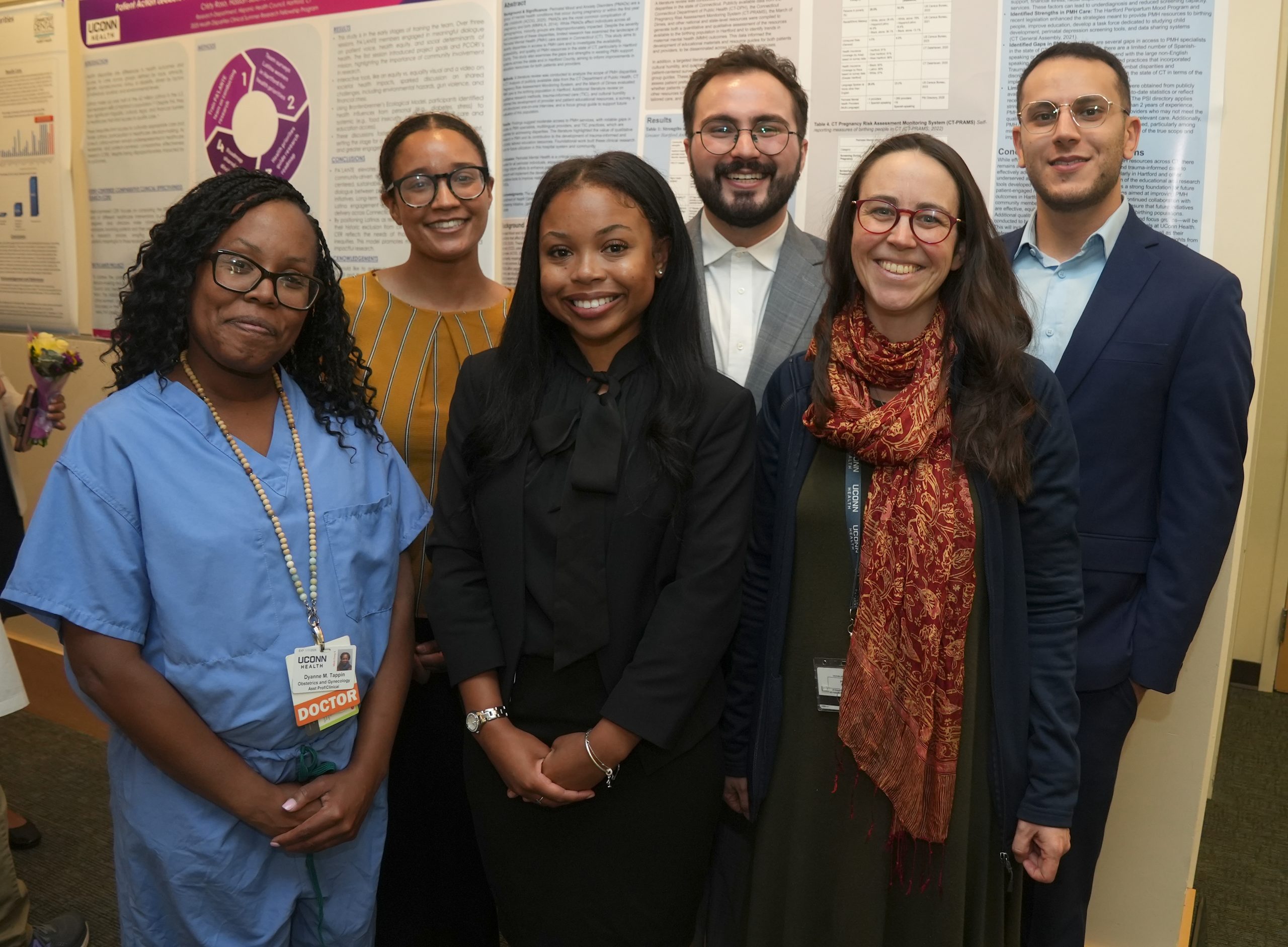The University of Connecticut is attracting many talented, diverse students through its test-optional applications pilot who otherwise might have hesitated to consider UConn, worrying that barriers they faced with standardized testing could scuttle their chances for admission, according to early studies of the pilot’s progress.
Starting with the class that entered in fall 2021, the University has allowed undergraduate applicants to decide whether they wished to submit SAT and/or ACT standardized test scores.
Originally started as a three-year pilot program designed to run through the coming application cycle for fall 2023 entry, UConn leaders recently approved a plan to extend the pilot for another three years.
The extension will help the University disentangle the effects of the COVID pandemic from the test-optional approach when assessing student success, and eventually provide a better apples-to-apples comparison against earlier cohorts that were required to submit test scores.
According to the early indicators, UConn is seeing notable increases in applications and enrollment among well-qualified students from first-generation, low-income, and underrepresented populations, and for whom standardized tests might be a poor predictor of their potential for success at UConn.
UConn uses a holistic approach to considering applications that includes a student’s academic performance, strength of high school coursework, involvement, leadership qualities, and other factors.
Standardized tests are a component of the application review if students submit them, but even before the pilot program, they were never the make-or-break deciding factor.
Nathan Fuerst, UConn’s vice president for enrollment planning and management, presented an update recently to the Board of Trustees explaining the consideration of the decision on whether the test-optional applications pilot should be extended another three years.
Working with researchers Prof. Morgaen Donaldson and Associate Prof. Eric Loken from the Neag School of Education, UConn has found so far that the applicant pools in 2021 and 2022 were significantly more diverse than prior years in terms of students’ racial and ethnic backgrounds, family incomes, and other factors.
Extending the pilot program will allow for more years in which to study whether those increases hold true over time.
“We want at least three years of data – and hopefully more – to really establish a trend. Results so far, from two years of data, are optimistic, but we need more data to confirm what we’re seeing,” Donaldson told trustees at the board’s recent academic affairs committee meeting.
UConn had already been considering whether to pilot a test-optional process before COVID-19 emerged in 2020. However, the pandemic added impetus by exacerbating the underlying equity issues, since high school students had varying access to e-learning, preparation for the SAT and ACT, and conducive testing environments.
The pilot started with students who were preparing in fall 2020 and applying in early 2021 for admission in the fall 2021 semester, and continued to this year’s incoming class. It also applies to those preparing this fall and applying in spring 2023 for the fall 2023 entering class.
The decision this summer to extend the program extends the pilot through the class that would enter in fall 2026, meaning a decision would be needed by summer 2025 whether to permanently adopt the test-optional approach.
Among the early observations of the pilot:
• About 65% of students who applied in 2021 and 2022 chose not to submit SAT or ACT test scores for consideration.
• In both years, underrepresented populations and female applicants were more likely to take the test-optional route. (“Underrepresented” includes those who self-identify their race or ethnicity as Black, Hispanic/LatinX, Hawaiian/Pacific Islander, American Indian or Alaska native).
• UConn saw a 26% growth in first-year applicants who identify as underrepresented compared to 2019, before the test-optional pilot started; and a 21% growth in enrollment among those students.
• UConn also saw a 5% growth in first-year enrollment among students who are the first generation in their family to pursue higher education, and a 14% growth in enrollment among those who qualify for federal Pell Grants due to limited family incomes.
UConn had studied the issue internally over several years before launching the pilot, having found that while students who score very highly on the SAT and ACT tend to be successful at very high levels, the scores were not correlated to success at other ranges.
Simply put, many low-scoring applicants also had successful UConn academic careers, though judging them only on their standardized test scores wouldn’t have predicted it.
Research has shown that test scores are highly correlated to income, and there are apparent disparities found between white and Asian students versus Black and Hispanic/LatinX peers.
While it’s too early to definitively conclude how the test-optional students enrolled in 2021 are doing academically, the University is seeing a higher percentage of those students on academic probation than in the previous years.
However, overwhelming anecdotal evidence gathered from faculty, academic counselors, and others indicates their difficulties seem to be directly to effects of the pandemic, regardless of whether they submitted standardized test scores.
“In the first pass at the data, there’s very little evidence that the prediction of success at UConn is different for those students who come in under the test-optional than under the test-considered (approach),” Loken said.



